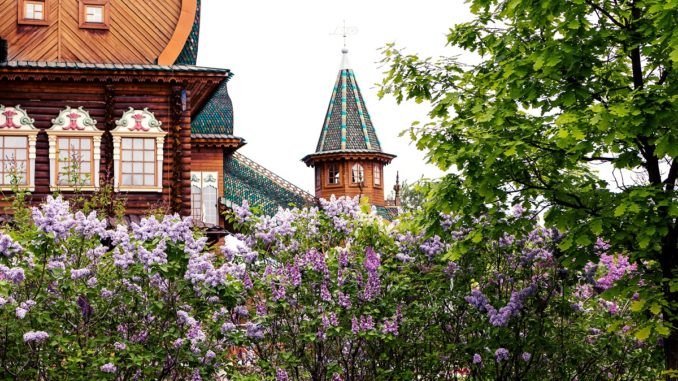
Houses shaped remarkably similar to tabletop role playing dice are appearing all-over Minnesota. These houses have a fantasy or sci-fi feel — quite apt for the state that gave rise to the popular Dungeons and Dragons game.
It All Started in Minnesota
Dungeons and Dragons has deep roots in Minnesota. While Gary Gygax has been the face of the company, most of the work was done by Dave Arneson — then a history major in the University of Minnesota doing a part-time job as a security guard. Arneson polished the rules and did the playtesting years before Gygax entered the picture. Together with Gygax, Arneson created the tabletop role-playing game (RPG) genre and their flagship brand Dungeons and Dragons now has more than 13 million players worldwide. Netflix’s breakout hit Stranger Things has brought the game further into the mainstream culture, shedding light into the game and the oddly shaped dice it uses. Nothing says D&D like the iconic d20. The 20-sided structure (also called an icosahedron) has been discovered as small trinkets in ancient civilizations like the Romans (200 AD) and Egyptians (30-300 BC), although their purpose is yet to be determined. Geodesic houses in Minnesota have similar structures but on a larger scale and appearing in more significant numbers compared to those in other states.
D20 Homes
Geodesic structures, megastructures, and even homes are nothing new in this modern world. However, the sheer number of geodesic homes in Minnesota is truly astounding. Tabletop RPG enthusiasts will immediately associate the triangle panels and angular shape to iconic d20 dice. While the geodesic structure is more commonly used in greenhouses, some local builders will gladly build geodesic houses. Go monotone and create a sci-fi house or head to garden centers and turn your home into a hobbit mound. Build an accompanying greenhouse and double the number of stares your property gets. Geodesic greenhouses distribute light more efficiently, provide better insulation, and retain heat longer. Just make sure the domes are of different sizes, or they might get a few complaints.
No Critical Failures

Geodesic domes are one of the most stable structures in existence. Every segment and joint reinforces the structure and distributes stress to a larger area. Several geodesic megastructures have been explicitly built because of the resilience and stability of the design. The UK’s Eden Project is one of the most famous of these structures. Opened in 2001, it consists of two separate structures housing thousands of plants, with the more massive structure simulating an entire rainforest environment. South of Minnesota in Missouri, you can find the Climatron, an enormous geodome that encompasses 24,000 square feet or a little more than half an acre.
Geodesic dome houses are highly energy-efficient and virtually disaster-proof. Their structure allows them to withstand heavy snow, earthquakes, hurricanes, and tornadoes. They’re cheaper to build (with the right builder), and they will stand out. These d20-like houses are the homes of the future — even the ones yet to be built on Mars if Elon Musk had his way.
